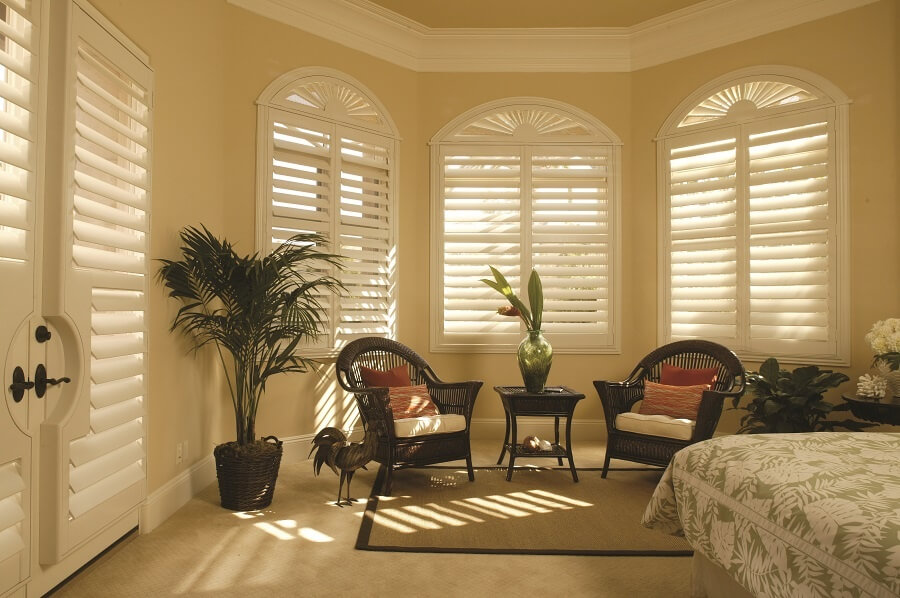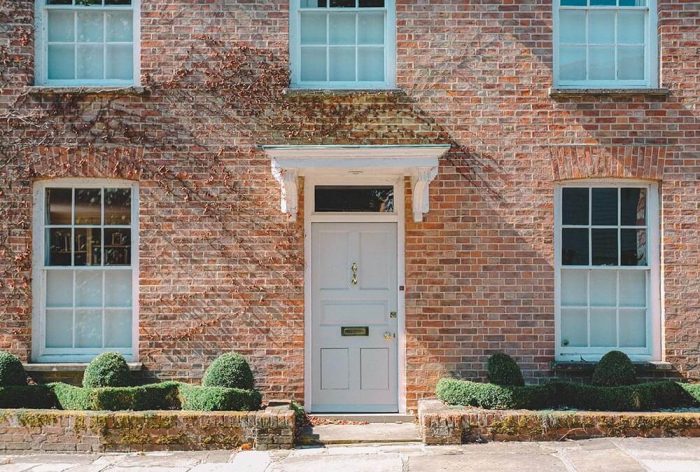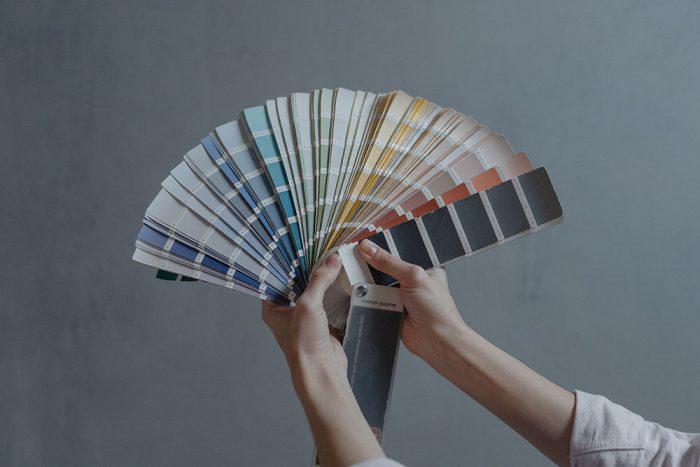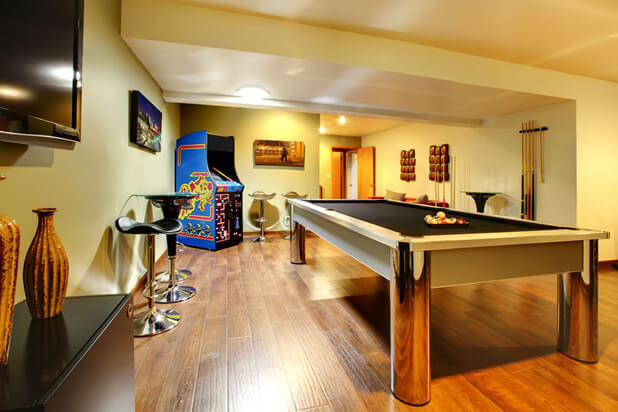As the winter nights move closer, homeowners are already anticipating new ways to lower their energy bills and keep their homes warm. At ShuttersUp, we know how essential it is to create a comfortable living environment, and our bespoke plantation shutters are designed to help you achieve just that. But do plantation shutters truly keep the heat in and the cold out? The answer is yes! Let’s explore how expertly crafted, made-to-measure plantation shutters can significantly enhance your home’s insulation, providing you with multiple home benefits.
The Science Behind Shutter Insulation
Plantation shutters are not just a beautiful addition to your home – they are also incredibly functional. The key to their insulating properties lies in their design and in the materials used. When closed, plantation shutters create a solid barrier between your home’s interior and the outside elements. This barrier helps reduce heat transfer in both directions, keeping warmth inside during winter and blocking the heat during summer.
Plantation shutters are crafted from high-quality wood that is naturally insulating. Unlike thinner, flimsier window coverings, shutters are designed to provide a robust layer of protection against temperature fluctuations. This means your home stays at a more consistent and comfortable temperature year-round, ultimately reducing your reliance on heating and cooling systems and saving energy costs.
Benefits of Plantation Shutters
Winter Warmth
During the colder months, windows are often a major source of heat loss. Even the most energy-efficient windows can let out a significant amount of heat, but plantation shutters can act as an additional insulating layer, minimising heat loss. When you close your shutters at night, you effectively trap the warm air inside, preventing it from escaping through the glass. This makes your home feel warmer and more inviting without the need to crank up the thermostat.
How Plantation Shutters Reduce Heat Loss
- Barrier Effect: When fully closed, plantation shutters form a solid barrier over your windows. This barrier reduces drafts and air leaks, which are common culprits of heat loss.
- Insulating Material: The materials used in our plantation shutters have inherent insulating properties. For example, hardwood and composite shutters both have low thermal conductivity, meaning they don’t easily transfer heat. This helps in maintaining a stable indoor temperature.
- Air Pocket: The gap between the windowpane and the closed shutters creates an insulating air pocket. Air is a poor conductor of heat, so this pocket acts as a thermal buffer, further reducing heat loss.
Practical Benefits in Daily Life
- Reduced Heating Costs: By keeping the heat inside, plantation shutters can help lower your heating bills. You’ll find that your home stays warmer with less need for continuous heating, which can be a significant cost saver during the coldest months.
- Increased Comfort: The consistent temperature means fewer cold spots and drafts in your home. Whether you’re lounging in the living room or burrowing up in bed, you can enjoy a cosy atmosphere throughout your home.
Summer Coolness
Alternatively, in the summer, plantation shutters can help keep your home cool. By blocking direct sunlight and reducing solar heat gain, shutters maintain a cooler indoor temperature. This is particularly beneficial for south-facing windows that receive the most sun exposure. The adjustable louvres allow you to control the amount of light and heat entering your home, providing a customised cooling effect that blinds or curtains can’t match.
How Plantation Shutters Keep the Heat Out
- Blocking Sunlight: Direct sunlight can significantly increase indoor temperatures. Plantation shutters can be adjusted to block out the sun’s rays while still allowing natural light to enter, effectively reducing the amount of heat that penetrates your home.
- Reflective Properties: Certain finishes and colours of plantation shutters can reflect sunlight rather than absorb it. Lighter colours specifically can help deflect heat away from your windows.
- Ventilation Control: The adjustable louvres allow you to control airflow. On cooler summer evenings, you can open the louvres to let in a breeze while keeping out the harsh daytime heat. This flexibility helps maintain a comfortable indoor environment without over-relying on air conditioning.
Practical Benefits in Daily Life
- Reduced Cooling Costs: Just as they reduce heating costs in winter, plantation shutters can lower your cooling expenses in the summer. You can enjoy a more energy-efficient home by minimising the need for air conditioning.
- Enhanced Comfort: By keeping the intense summer heat out, plantation shutters help maintain a pleasant indoor temperature. You can enjoy bright, sunny days without the accompanying rise in indoor heat, making your living spaces more enjoyable.
Year-Round Energy Efficiency
The insulation benefits of plantation shutters contribute to year-round energy efficiency. By reducing the need for both heating and cooling, shutters help lower your overall energy consumption. This not only translates to cost savings but also contributes to a smaller environmental footprint. In today’s eco-conscious world, making energy-efficient choices is more important than ever, and plantation shutters are a smart, sustainable solution.
Conclusion
If you’re looking to enhance your home’s insulation and overall comfort, plantation shutters are the perfect solution. With bespoke, made-to-measure shutters, you can enjoy the benefits of improved energy efficiency, lower utility bills, and a more comfortable living environment. ShuttersUp’s commitment to quality and customer satisfaction ensures that you receive the best product and service in the industry.
Get in touch!






